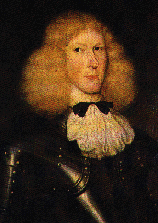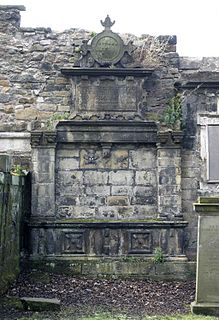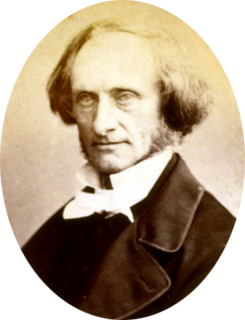
Culross (/ˈkurəs/) is a village and former royal burgh, and parish, in Fife, Scotland.

Earl of Rosebery is a title in the Peerage of Scotland created in 1703 for Archibald Primrose, 1st Viscount of Rosebery, with remainder to his issue male and female successively. Its name comes from Roseberry Topping, a hill near Archibald's wife's estates in Yorkshire. The current earl is Neil Primrose, 7th Earl of Rosebery.
Colin Campbell, 6th Earl of Argyll was a Scottish nobleman and politician. He was appointed to the Lord Chancellorship of Scotland.

Robert Campbell, 5th Laird of Glenlyon, was a minor member of Scottish nobility and is best known as one of the commanding officers at the Massacre of Glencoe.

Clan Primrose is a Lowland Scottish clan.

Sir Andrew Ramsay, Lord Abbotshall, Privy Counsellor, was the first Lord Provost of Edinburgh and a judge of the Court of Session.
Robert Lauder of The Bass was an important noble in Haddingtonshire, the Merse, and Fife. Stodart remarks that "to 1600 the barons of the Bass sat in almost every parliament". He was a firm supporter of Mary, Queen of Scots whom he accompanied to Carberry Hill on 14 June 1567, and fought for at the battle of Langside.

Elizabeth Melville, Lady Culross (c.1578–c.1640) was a Scottish poet.

Tulliallan was an estate in Perthshire, Scotland, near to Kincardine, and a parish. The Blackadder lairds of Tulliallan, a branch of the Blackadder border clan, wielded considerable power in the 15th and 16th centuries. The modern Tulliallan Castle is relatively recent, built in 1812-1820 and now the home of the Scottish Police College
Malise Graham was a 15th-century Scottish magnate, who was the heir to the Scottish throne between 1437 and 1451, if Elizabeth Mure's children were not counted as lawful heirs.

William de Moravia was the 5th Earl of Sutherland and chief of the Clan Sutherland, a Scottish clan of the Scottish Highlands. William, 5th Earl of Sutherland was a loyal supporter of David II of Scotland in the wars against England.

Sir George Bruce of Carnock was a Scottish merchant, ship-owner, and mining engineer.

Clan Blackadder is a Scottish clan. The clan historically held lands near the Anglo-Scottish border.
James Douglas, 1st Lord Dalkeith was a Scottish nobleman born in Dalkeith, Midlothian, Scotland to Sir James Douglas and Agnes Dunbar. James was the brother of Nicholas Douglas, 1st Lord of Mains.

Barnbougle Castle is a much-altered tower house on the southern shore of the Firth of Forth, between Cramond and Queensferry, and within the parish of Dalmeny. It lies within the Earl of Rosebery's estate, just north-west of Dalmeny House. Although its history goes back to the 13th century, the present castle is the result of rebuilding in 1881 by the 5th Earl of Rosebery, who served as Prime Minister from 1894 to 1895.
William Graham, 1st Earl of Montrose was a Scottish Lord of Parliament, who was raised to an earldom by James IV of Scotland and who died with his monarch at the Battle of Flodden.

Gilbert Primrose was a Scottish surgeon who became Surgeon to King James VI of Scots and moved with the court to London as Serjeant-Surgeon to King James VI and I on the Union of the Crowns. He was Deacon of the Incorporation of Surgeons and Barbers of Edinburgh on three occasions.

John Laird (1811–1896) was a Scottish minister of the Free Church of Scotland who served as Moderator of the General Assembly to the Free Church 1889/90.
Henry Wardlaw of Torrie was a Scottish landowner and courtier.












